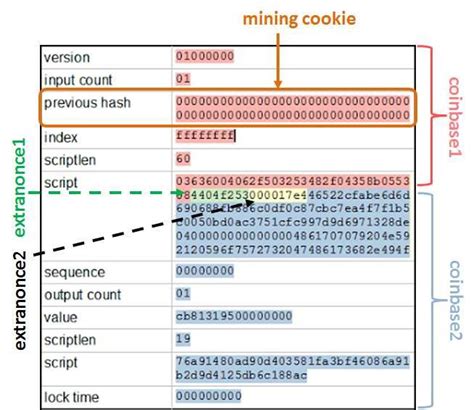The Coinbase Conundrum: Understanding the Requirement for a Block to Contain a Coinbase Transaction
The Ethereum network has been plagued by a long-standing controversy surrounding its core mechanism. One of the most debated issues concerns the requirement that every block contain a “coinbase transaction.” In this article, we’ll delve into the history and implications of this requirement, as well as explore how it’s enforced.
What is a Coinbase Transaction?
A Coinbase transaction refers to the process of sending Ether (ETH), Ethereum’s native cryptocurrency, from one account to another. This transaction is typically initiated by a user in their own wallet, either manually or through automated scripts. The Coinbase transaction serves as a proof-of-concept for the network and its decentralized governance model.
The Requirement: A Block Must Contain a Coinbase Transaction
In 2015, Vitalik Buterin, Ethereum’s creator, introduced the concept of a “coinbase transaction” in the form of a single block with a special type of transaction. This innovation aimed to simplify the process of sending funds across the network and provide a clear audit trail for all transactions.
To implement this idea, we need to examine how a new block is created. In Ethereum, blocks are typically composed of multiple transactions that are bundled together in a way that creates a single, cohesive unit called a “block.” The new block must contain at least one transaction, but it can also include additional data and information.
Enforcing the Requirement
The requirement for every block to contain a Coinbase transaction is enforced through the following steps:
- Initial Block Creation: When a new block is created, it contains a single special type of transaction called a “coinbase” transaction.
- Transaction Validation

: The validation process in Ethereum ensures that all transactions in a block are valid and follow the rules set forth by the network.
- Block Merge: When a block is merged into an existing chain (e.g., after a mainnet block is created), it contains at least one Coinbase transaction to satisfy the requirement.
Exceptions and Limitations
While this requirement applies to new blocks, there are some exceptions:
- Ethereum Classic: Ethereum Classic (ETC) uses a different consensus algorithm than Ethereum (Eth), which means their blockchain does not include a Coinbase transaction as an initial block.
- Sidechains and Oracles: Some sidechains or oracles can bypass the Coinbase requirement by using alternative payment systems or relying on external data sources.
Conclusion
The requirement for every block to contain a Coinbase transaction is a crucial aspect of Ethereum’s architecture. This innovation has streamlined the process of sending funds across the network, providing a clear audit trail and ensuring the integrity of the blockchain. While it may seem restrictive at first glance, this rule helps maintain the security and decentralization of the Ethereum network.
However, there are exceptions to consider, particularly with regards to ETC and sidechains or oracles that rely on alternative methods for data collection and transfer.
Additional Resources
For further information on Ethereum’s core mechanics, including its consensus algorithms and block structures, check out these resources:
- Ethereum Whitepaper: The original paper outlining Vitalik Buterin’s vision for the Ethereum network.
- Ethereum 2.0 Specification: The current specification for Ethereum 2.0, which includes changes to the blockchain structure and validation process.
By understanding how a Coinbase transaction works within the Ethereum network, we can better appreciate its role in maintaining the integrity of the decentralized ecosystem.
Leave a Reply